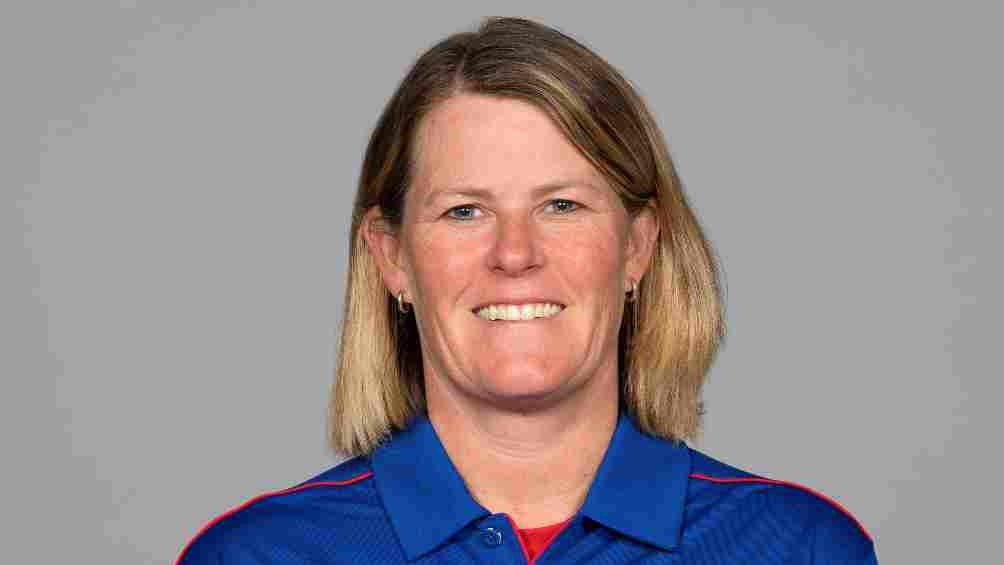KOMPAS.com – United States Aeronautics and Space Administration (NASA) announced it would send two new missions using spaceshipto study the storm Sun and a number of small satellites.
This was done following the phenomenon Sun storm which hit Earth some time ago, causing 40 satelit Starlink SpaceX is broken.
Reported from Space NewsThursday (10/2/2022) NASA researchers chose the project Multi-slit Solar Explorer (MUSE) and HelioSwarm as two missions from Heliophysics Medium-Class Explorer or MIDEX.
The two missions stem from five proposals that NASA submitted for a study contract in August 2020, to refine their mission design.
Also read: Get to know the solar storm that brought down SpaceX’s Starlink Internet Satellite
Both MUSE and HelioSwarm aim to increase NASA’s understanding of the dynamics of the sun, the relationship between the sun and Earth, and the ever -changing outer space environment.
These missions can also assist in forecasting space weather such as solar flares producing storms in Earth’s atmosphere.
MUSE, NASA said, will operate in Earth orbit and then observe the sun so that they better understand the mechanism that heats the corona, namely the sun’s upper atmosphere which has a temperature above one million degrees Celsius.
“MUSE has two unique and new telescopes that allow us to capture and diagnose the properties of gases in the sun’s hot atmosphere at a much higher resolution and up to 100 times faster than before,” explains MUSE principal investigator at MUSE. Lockheed Martin Advanced Technology Center, Bart DePontieu.
While the HelioSwarm mission aims to support the MUSE mission to capture the first multiscale magnetic field fluctuation measurements in space, as well as movement solar wind known as solar wind turbulence.
“Turbulence in space helps keep the universe warm, but we know very little about the system. Many space scientists have waited decades for this mission,” said HelioSwarm principal investigator Harlan Spence.
Also read: After a solar storm hits the Starlink satellite, scientists monitor space weather
–
/data/photo/2022/02/11/620638e514d87.png)

